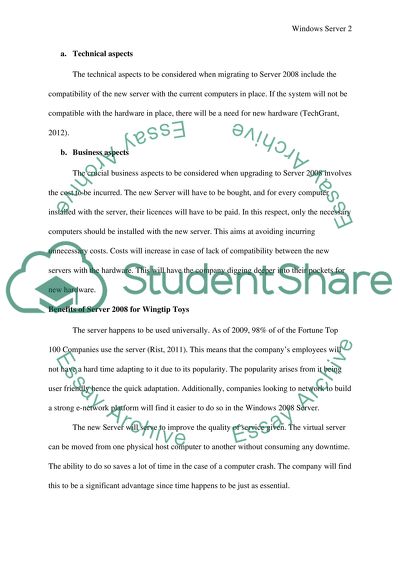Cite this document
(“Windows server Research Paper Example | Topics and Well Written Essays - 2000 words”, n.d.)
Windows server Research Paper Example | Topics and Well Written Essays - 2000 words. Retrieved from https://studentshare.org/information-technology/1618331-windows-server
Windows server Research Paper Example | Topics and Well Written Essays - 2000 words. Retrieved from https://studentshare.org/information-technology/1618331-windows-server
(Windows Server Research Paper Example | Topics and Well Written Essays - 2000 Words)
Windows Server Research Paper Example | Topics and Well Written Essays - 2000 Words. https://studentshare.org/information-technology/1618331-windows-server.
Windows Server Research Paper Example | Topics and Well Written Essays - 2000 Words. https://studentshare.org/information-technology/1618331-windows-server.
“Windows Server Research Paper Example | Topics and Well Written Essays - 2000 Words”, n.d. https://studentshare.org/information-technology/1618331-windows-server.


